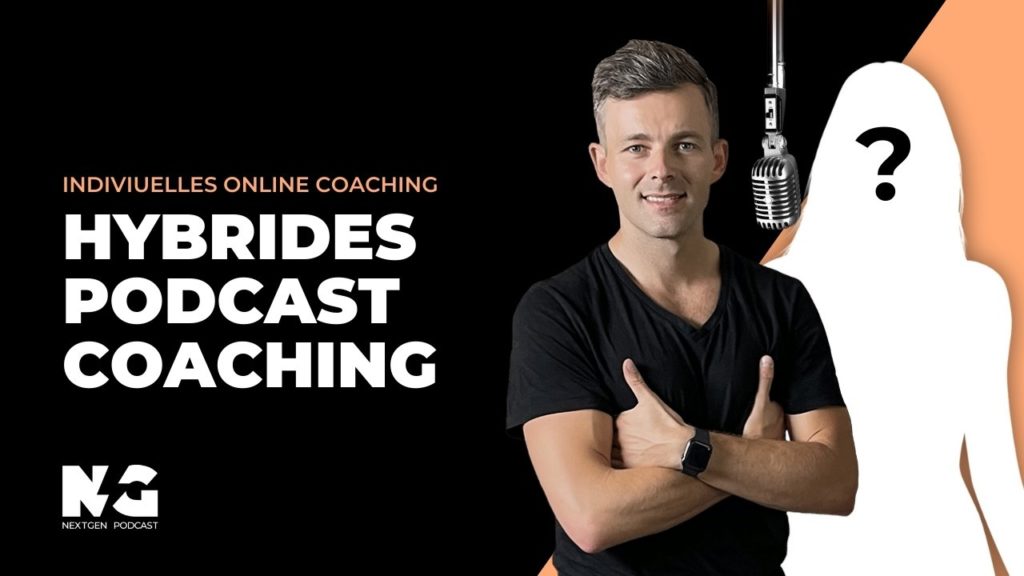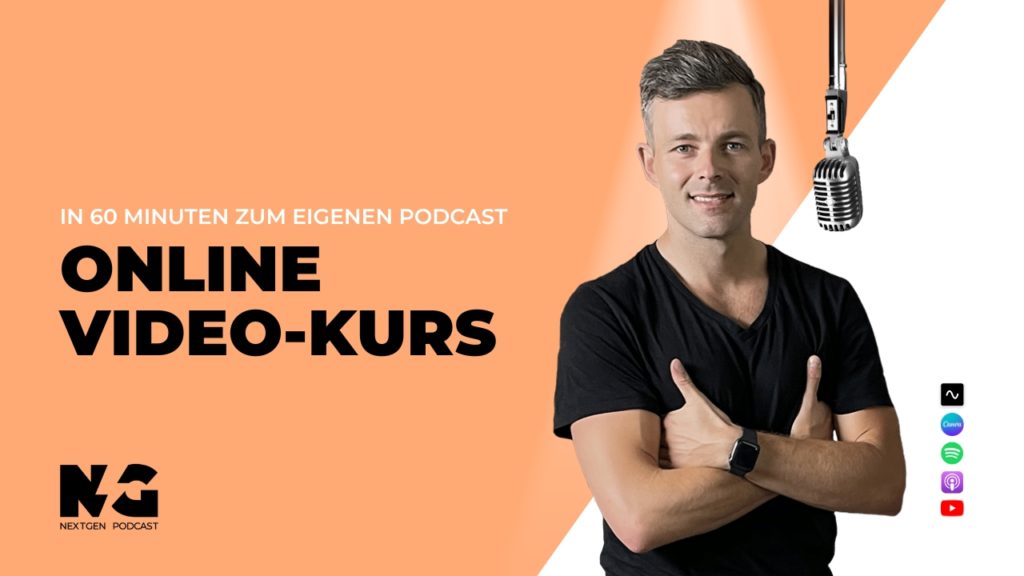Official partner of:

Create a podcast in just 7 steps
If you want to spread your message to the world and share your valuable experiences and insights with others, then you should definitely create a podcast!
A podcast is the ideal medium for delivering content to listeners in an entertaining way while simultaneously building an emotional connection. But where exactly should you start if you want to create your own podcast? And what do you need for it?
This beginner's guide provides simple step-by-step instructions for creating your own podcast. Enjoy!


5.0 out of 5 based on +20 reviews
Already a customer? Login
Interview on the topic of “Creating a podcast” using my video course
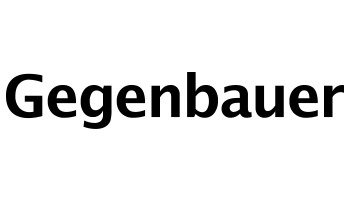
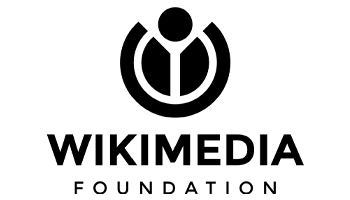
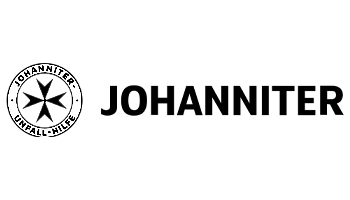
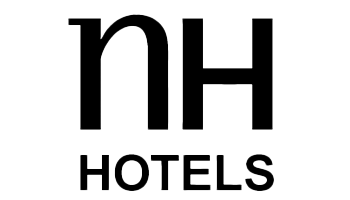
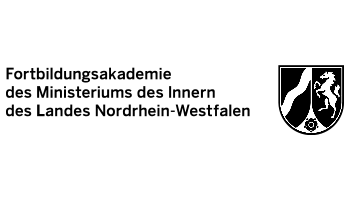
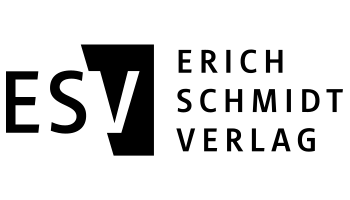
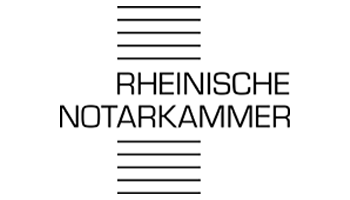
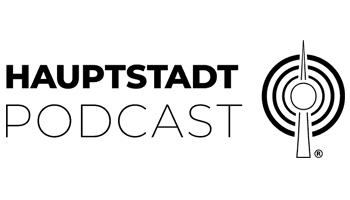
For time savers
Ich freue mich, dass du tiefer ins Thema “Podcast erstellen” einsteigen möchtest. Weiter unten findest Du unseren ultimativen Guide, wie Du in 7 Schritten einen Podcast erstellen kannst. Falls Du aber direkt durchstarten willst oder konkrete Fragen hast, die Du mit mir besprechen willst, hast Du folgende Möglichkeiten:
Imagine: In just a few weeks, you'll have your own podcast online – professionally produced, with a clear strategy and the reach you deserve!
Why should you create a podcast at all?
Whether you're a private individual or a company, high-quality podcasts are well received. It's not for nothing that podcasts are part of the basic arsenal of almost every company in the USA . But podcasts are also now more than popular in Germany. According to a survey by Statista , over 40% of all Germans listen to podcasts now and then. It's no wonder, then, that podcasts now offer considerable advertising potential and are becoming increasingly interesting as a marketing tool for companies. Spotify already offers a wide range of advertising formats for podcast ads . According to the latest OMR survey from 2024, host-read ads continue to enjoy a high level of trust – and 32% of the approximately 1,300 people surveyed said they have already purchased products as a result of podcast advertising.
Create a podcast in 7 steps – from the idea to the podcast episode
But now to the actual topic of this article: How can you create your own podcast? Where is the best place to start? What equipment should you get? And how much effort should you expect? Below, I'll give you 7 concrete steps that will show you how to create your own podcast without having to spend a fortune right away – from choosing a topic and the necessary equipment to podcast hosting and publishing your first podcast episode. So let's get straight to the first step!
Step 1: Find the right podcast topic
Before you even think about the technical implementation of your podcast, the first thing you need to do is identify your niche . The following questions can help you find a suitable topic :
- What are my personal interests and passions?
- In which area do I have expert knowledge or special experience?
- What topics are currently less covered in the podcast world?
- Is there already a community or network interested in my topic?
As a little kickstart for the creative process, it can also be worthwhile to take a look at the competition. On established platforms like Apple Podcasts , Spotify , or Podimo , you can now find countless free podcasts from which you can draw inspiration. You should also, of course, think about your podcast's name right from the start . Be sure to come up with something creative or perhaps even unusual to pique the curiosity of your future listeners from the very first second!
Step 2: Identify your target audience
Topic is set? Great, then we'll move on directly to an analysis of your target audience . Who should the content of your podcast episodes be aimed at later on? If you work as a personal Pilates trainer , for example , you could target the content of your episodes at middle-aged women who are looking for an effective way to improve their flexibility and physical strength. Women who have just gone through pregnancy or who simply want to relieve stress could also benefit from your content in this case. Or maybe you are an IT professional who is very familiar with technical tricks on the internet. In this case, you could regularly inform the listeners of your podcast about the latest developments in the field of cybersecurity. Your target audience could be IT managers and security officers in companies who always need to stay up to date. Or even technology enthusiasts who are generally interested in cybersecurity trends and best practices.
A quick tip: It's best to create a "persona" for your target audience analysis! If you've ever dealt with marketing, you've probably come across this term before – sometimes also referred to as an "avatar." This essentially means nothing other than a fictitious, detailed description of your ideal listener.
For example, for the Pilates trainer above, an avatar could look like this:
- Name: Lisa
- Gender Female
- Age: 40 years
- Profession: Self-employed nutritionist
- Hobby 1 – Pilates & Yoga: Lisa practices sports regularly to improve her flexibility and posture.
- Hobby 2 – Healthy Eating: She is very interested in balanced nutrition.
- Hobby 3 – Nature and hiking: Lisa enjoys long walks to relax.
Step 3: Plan the content structure of your podcast
Once you've decided on a general topic and identified your target audience, the next step is the actual creative work: planning the content of your podcast episodes . This includes carefully coordinating the individual podcast episodes with one another. Create a recording script for each episode and, ideally, make sure that they are structured chronologically. A tip at this point : A script is important and a good idea. However, you shouldn't rely too heavily on the written text when recording later. Ultimately, as a podcaster you want to come across as authentic - and that becomes difficult if you focus too much on presenting every sentence as if it were read off. Use the scripts more as a memory aid than as a rigid template.
Step 4: Record your first podcast episode!
Once you've successfully established the basic content framework, it's time to move on to the practical side: recording the podcast . To ensure a high-quality recording, you should, of course, take a few precautions. These primarily include the following aspects:
- Quiet environment: Choose a room where you won't be disturbed by background noise while recording.
- Good microphone: Don't skimp on the microphone! Get a good microphone so you don't have to worry about poor sound quality later on. USB microphones are also a good option!
- Solid webcam: Video podcasts are all the rage. It often makes sense to record the podcast simultaneously via video. You can use a permanently installed webcam or simply use your smartphone.
- Headphones: With headphones you can monitor the recording quality in real time and react directly to possible noise.
- Recording software: We recommend Riverside.fm – in our opinion the best recording software in the world
- Script and notes: You can use the previously created scripts as a memory aid during recording.
Once you've taken care of these points, it's time to jump in at the deep end. But don't worry – it might feel a little awkward speaking into a microphone at first, but with each recording, you'll become more confident and natural. Practice makes perfect!
Quick tip: Experience shows that the ideal length of a podcast episode is between 20 and 30 minutes. This fits perfectly into the time frame most people use for their commute.
Step 5: Post-production – editing, intro & co.
Once the first recordings are in the can, it's time to edit the raw material in post-production . The first step is editing. Remove unnecessary pauses, slip-ups, and distracting background noises to create a fluid and easy-to-understand episode. You should also consider whether an intro or outro makes sense for your project. A well-crafted intro, for example, can create recognition and pique the curiosity of your audience. Aside from that, you should also ensure that the volume is consistent throughout and that there are no unpleasant spikes.
Step 6: Create a podcast cover
Before your podcast career can finally take off, you need an appealing podcast cover . Ideally, your podcast design should be eye-catching to grab the attention of your potential listeners as soon as they're browsing Spotify and other streaming services. If you want to save money, you can also create the cover yourself. Don't worry, you don't have to be a design pro—with Canva and its many templates and simple tools, you can now easily create a cover. Of course, if you have the budget, you can also hire a professional designer.
Step 7: Marketing, Marketing & More Marketing
Have you completely recorded your podcast and are ready to publish the first episodes? Then congratulations – great work! To get your podcast heard, you now need to market it properly. In this context, I would recommend social media as your starting point . With the help of the Riverside.fm editor, you can create social media posts for TikTok, Instagram, and YouTube – and export them as a finished file directly after creation. In addition to social media, it can also be useful to network with other podcasters and possibly offer guest posts on other channels. This helps expand your audience and simultaneously build a community within the podcast world. And of course, you should also use established podcast platforms like Spotify & Apple Podcasts to reach a wider audience there.
Spotify for Podcasters – Create a podcast with Spotify
Speaking of which, Spotify 's Podcast Host is perfect if you want to start your own podcast. Whether you're looking to create a true crime podcast or a podcast about molecular biology, Spotify offers a number of advantages, especially for beginners. For example, Spotify for Podcasters gives you a comprehensive overview of the growth metrics of your individual episodes, allowing you to better track your podcast's success. Spotify also allows you to add interactive elements like Q&A and polls.
Now it’s your turn!
As you can see, successful podcasting isn't rocket science. Sure, designing and creating a podcast requires a lot of effort and time. And, of course, you should also have a certain basic set of tools, such as a microphone, headphones, and a recording program.
But with a clear idea, good preparation, and consistent effort, you can successfully launch your own podcast . The important thing is to stick with it and not throw in the towel if the first episode doesn't deliver the success you expected. Give yourself time to grow and build your audience. I recommend pre-producing five episodes before publishing the first one—this takes the pressure off of having to quickly produce new recordings. I would also always include a little hook (e.g., a teaser with a preview) at the end of each episode to whet listeners' appetite for the next one.
If you need support creating your own podcast, I'm happy to help! Simply schedule a free initial consultation with me. Don't have time to wait? Feel free to send me a regular email or give me a call .
About me
I'm Wolfgang Patz, a passionate podcaster and experienced podcast producer. For over five years, I've been helping people bring their own stories and ideas to the world—and I want to help you do the same! Whether you're a beginner or looking to expand your knowledge—I'm here to show you how. Let's realize your dream of having your own podcast together! I look forward to accompanying you on your podcast journey.
Interview about podcast production
Contents of my podcast video course:
Video 0: Introduction
In the first video, I'd like to welcome you and give you an overview of what to expect. As an experienced podcaster and podcast producer, I developed this course to give you an easy introduction to podcasting.
Video 1: Concept
In this video, I provide insight into the conception of a podcast. I explain the basic questions you should ask yourself when developing a podcast concept.
Video 2: Riverside.fm
In this video, I demonstrate how to record podcasts with Riverside.fm. I explain the different plans and features of Riverside.fm and then go over setting up the studio. I show you how to log in, configure the settings, and enter the studio. I then explain the preparations that should be made before recording and how to make a test recording. After that, I go over how to check the recording quality and show you how to edit the recording, adjust the audio track, and edit the transcript. Finally, I explain how to edit the episode, add an intro and outro, and export and publish the recording.
Video 3: Spotify for Podcasters
In this video, I'll show you how to host and publish your own podcast on Spotify for Podcasters. I'll explain the benefits of Spotify for Podcasters and demonstrate the sign-up process. I'll then provide an overview of Spotify for Podcasters' features, including analytics and growth metrics. I'll also show you how to create a new episode and add interactive elements like Q&A and polls. I'll explain podcast settings and how to make the podcast available on other platforms. Finally, I'll show you how to create and upload podcast cover art.
Video 4: Canva.com
In this video, I demonstrate how to create a podcast cover with Canva. Canva is a browser-based platform with numerous templates and design options. I explain how to use templates and customize them. I also provide design tips for an attractive podcast cover. I then show you step-by-step how to create and download a podcast cover with Canva. Finally, I explain how to upload the cover to Spotify and provide an overview of the next steps after creating the cover.
Video 5: Podcast Marketing
In this video, I demonstrate how to convert a pre-recorded video podcast with Riverside.fm into social media posts. I then go over the creation of social media content and show how to customize the Riverside.fm editor. I also demonstrate selecting and editing content, as well as correcting and exporting the video.
Video 6: Conclusion
Congratulations, you've finished all the videos! Now the real work begins. Immerse yourself in the content and experiment, like a young bird taking flight for the first time. Write down your questions and feel free to contact me to answer them. I'll be your podcast coach and look forward to your results. Take care and enjoy podcasting! See you soon, Wolfgang.
Excellent

Frequently asked questions about creating a podcast
Who is this course suitable for?
This course is ideal for beginners with no podcasting experience, as well as for advanced podcasters who want to deepen and refine their knowledge. Whether you're starting a hobby podcast or want to enter the podcast world professionally, this course offers valuable tips and guidance.
Do I need special equipment to complete the course?
No, you don't need any special equipment to complete the course. A computer with internet access is enough to get started. In the course, I'll provide recommendations for microphones and other equipment that you can use later to improve the quality of your podcast.
How long does it take until I can publish my own podcast?
The course is designed so that you can complete all the necessary steps to record and publish your first podcast within 60 minutes. Of course, you can take more time to delve deeper into the content and optimize your podcast.
Do I need to have any prior technical knowledge?
No, you don't need any prior technical knowledge. The course guides you step by step through the entire process, from concept to release. All technical details are explained in a simple and understandable way.
What happens if I have questions or need support during the course?
During the course, you can write down your questions and contact me at any time. I'll be available as your podcast coach and happy to help you further. We're also building a community of like-minded people behind the scenes with whom you can exchange ideas in the future. We'll notify you as soon as this is available.
Which tools and platforms are used in the course?
In this course, I'll show you how to use tools like Riverside.fm for recording and editing your podcasts and Canva.com for designing your podcast cover. You'll also learn how to publish and market your podcast on Spotify for Podcasters.
How can I be sure that this course will actually help me start my podcast?
As an experienced podcaster and podcast producer, I've developed the course to cover all the essential aspects of podcasting. The content is based on proven methods and my own experience. Many participants have already successfully launched their own podcasts.
Is there a money-back guarantee if the course doesn't meet my expectations?
Yes, I offer a money-back guarantee. If the course doesn't meet your expectations, you can request a refund within 2 days of purchase.
How is the course structured and how long do I have access to the materials?
The course is structured into six videos that guide you step-by-step through the process. After purchase, you have unlimited access to all materials, so you can learn at your own pace and rewatch the videos at any time.
Can I also watch the course on my smartphone or tablet?
Yes, the course is fully mobile compatible. You can watch the videos and materials on your smartphone or tablet, allowing you to learn on the go.
How do I start a podcast?
If you want to create your own podcast, you'll obviously first need an idea and a creative name. As part of your conception, consider who your target audience will be and how you can structure the individual episodes chronologically. This will lay a solid foundation for the rest of your process!
What equipment do I need for a podcast?
Of course, you'll need the right equipment for your podcast. This includes a good microphone, headphones for quality control, and software to combine all the recordings and optimize the sound quality.
How can I improve my podcast?
If you want to improve your podcast, there are a few things you can do. Here are three key starting points:
- Audio quality : Using high-quality equipment (USB microphone, headphones, etc.) you can ensure high-quality sound recordings that often simply sound better and are therefore better received by the listener.
- Good content : High-quality content is the heart and soul of any successful podcast. With varied and engaging topics, you can effectively convey your message, especially through proven techniques like storytelling. Inviting interesting guests or experts from time to time can also spice up your podcast.
- Interact with your community : Listen to the feedback you receive from your listeners. Be active on social media, and consider offering your loyal listeners additional content—such as bonus episodes or exclusive behind-the-scenes insights into your podcast recordings.
How do I market my podcast?
To increase your podcast's reach, you should definitely harness the power of social media. Use targeted advertising, guest posts on other podcasts, and platforms like Spotify and Apple Podcasts to get your message out there.
How do I monetize my podcast?
There are now several monetization options you can use with a podcast. Consider, for example, whether you can acquire sponsors, offer premium content, or sell merchandise.
How do I publish my podcast on platforms like Spotify or Apple Podcasts?
In principle, you can host your podcast either directly on Spotify or Apple Podcasts or through a corresponding "aggregator partner." An aggregator partner is a service that provides the technical infrastructure to publish your podcast on multiple platforms simultaneously. Popular aggregator partners include Podbean, Libsyn, and Audioboom.
How do I measure the success of my podcast?
To keep track of your podcast's success, you should pay attention to certain metrics, such as download numbers, subscriptions, and, of course, direct feedback from your listeners. Various analytics tools are now available for this purpose from various providers.
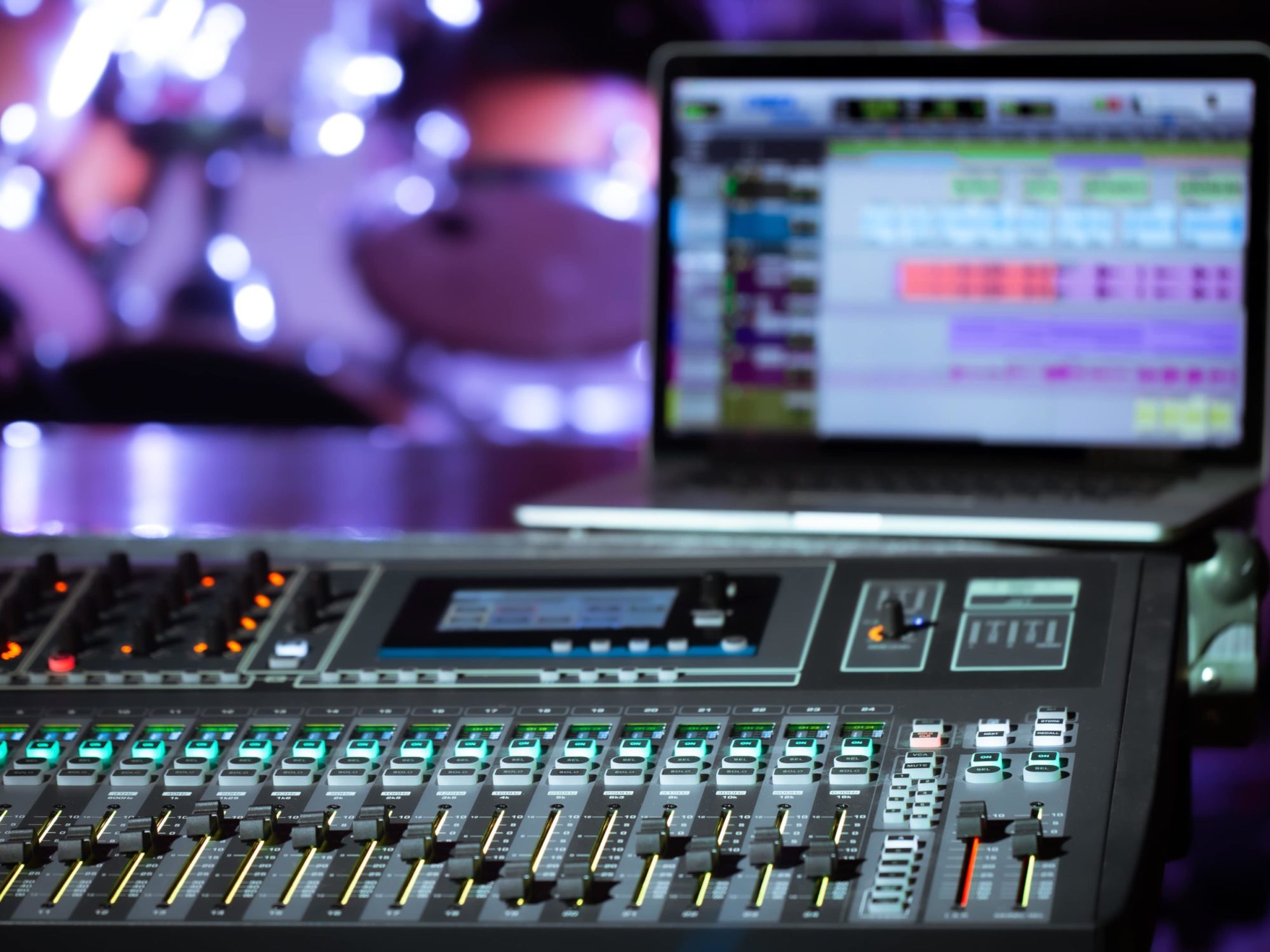
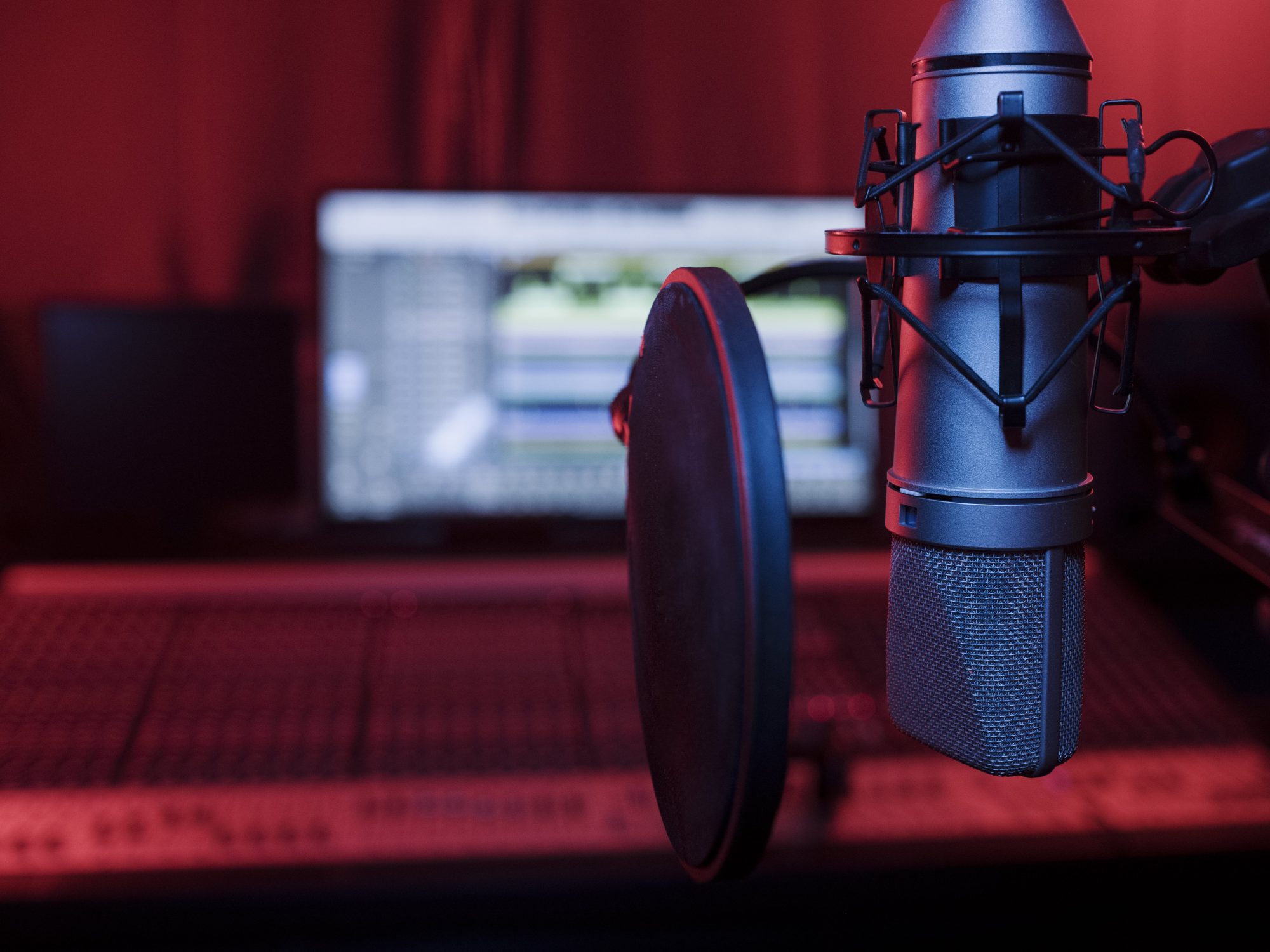
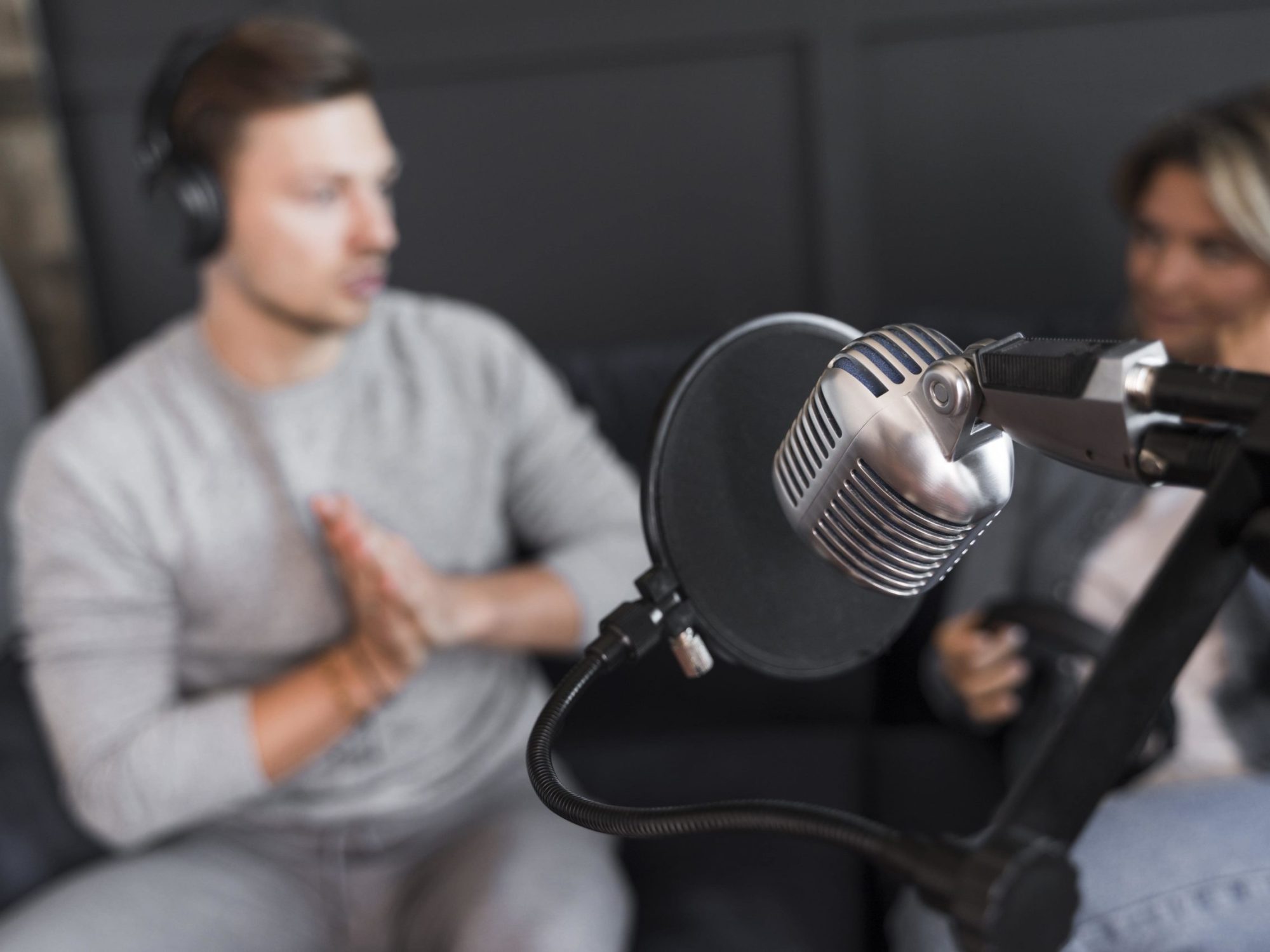
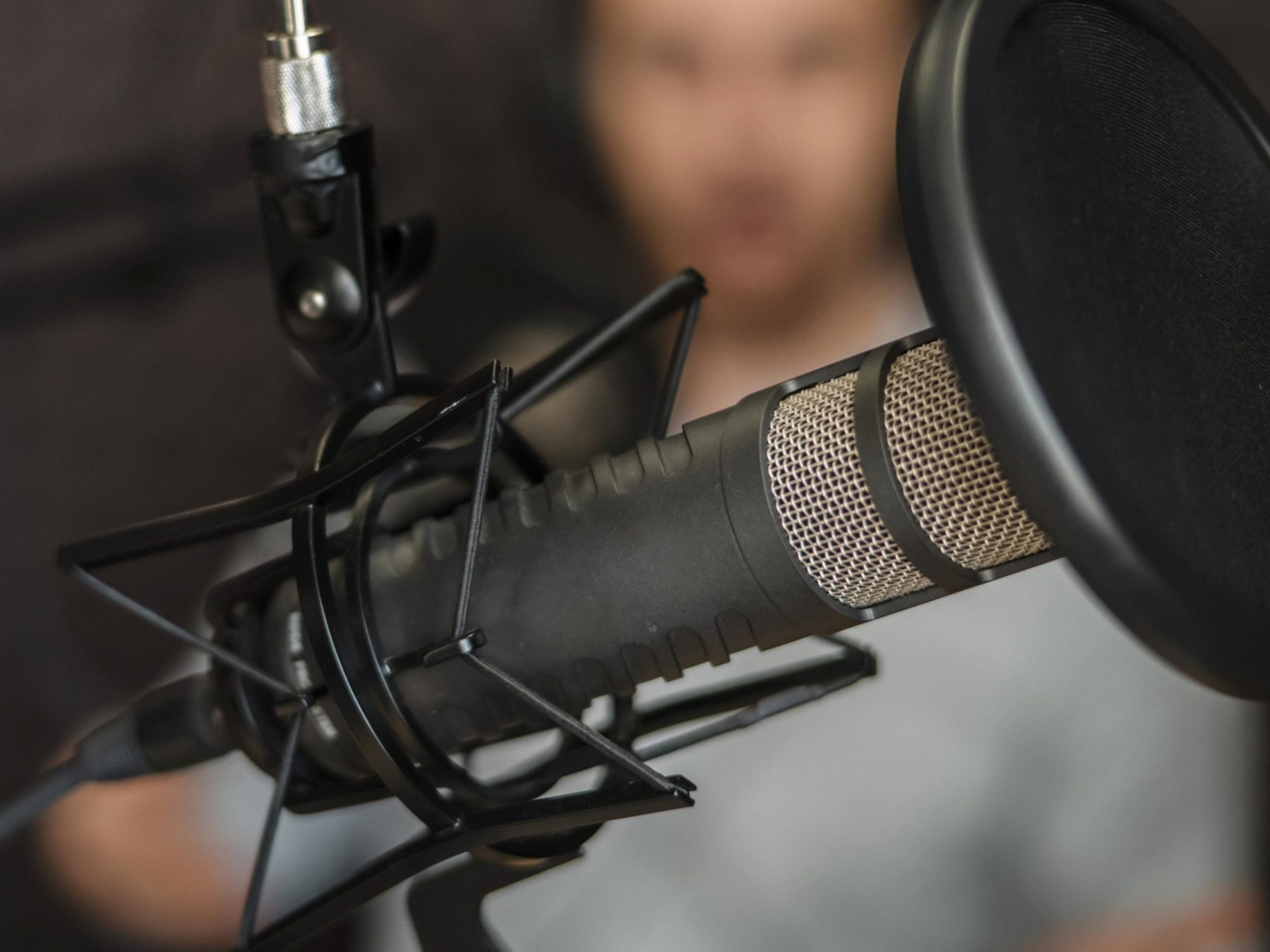
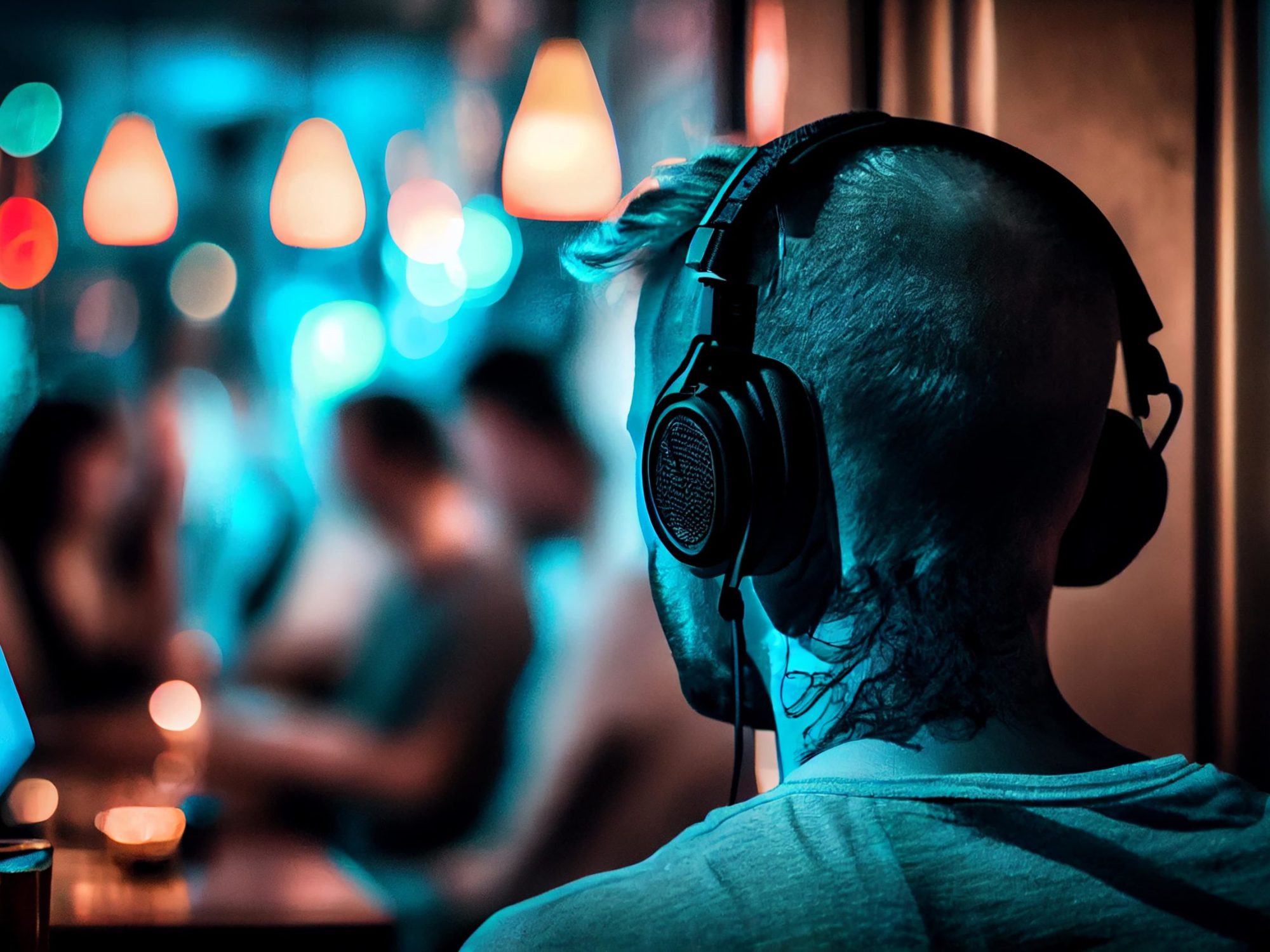
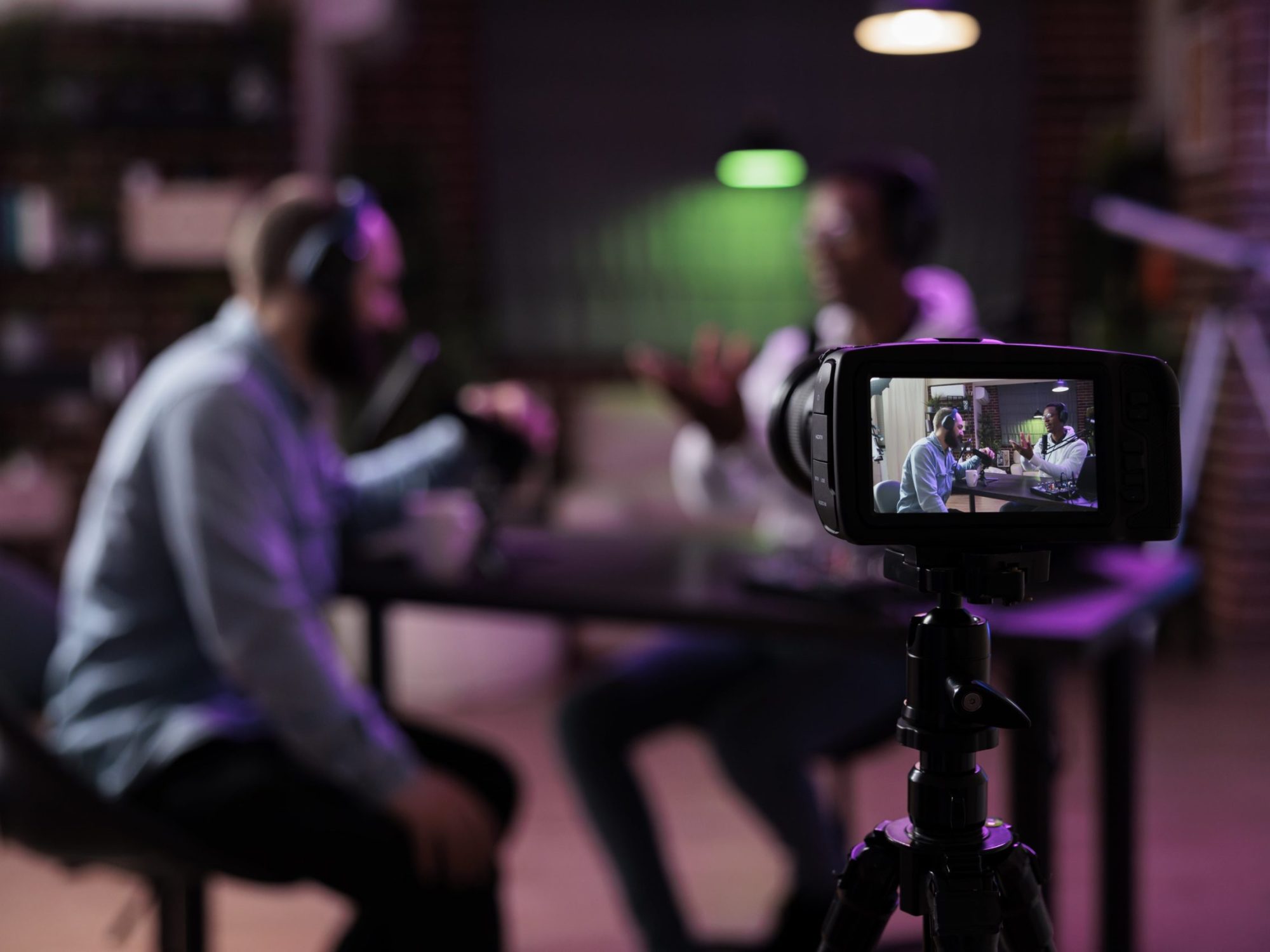
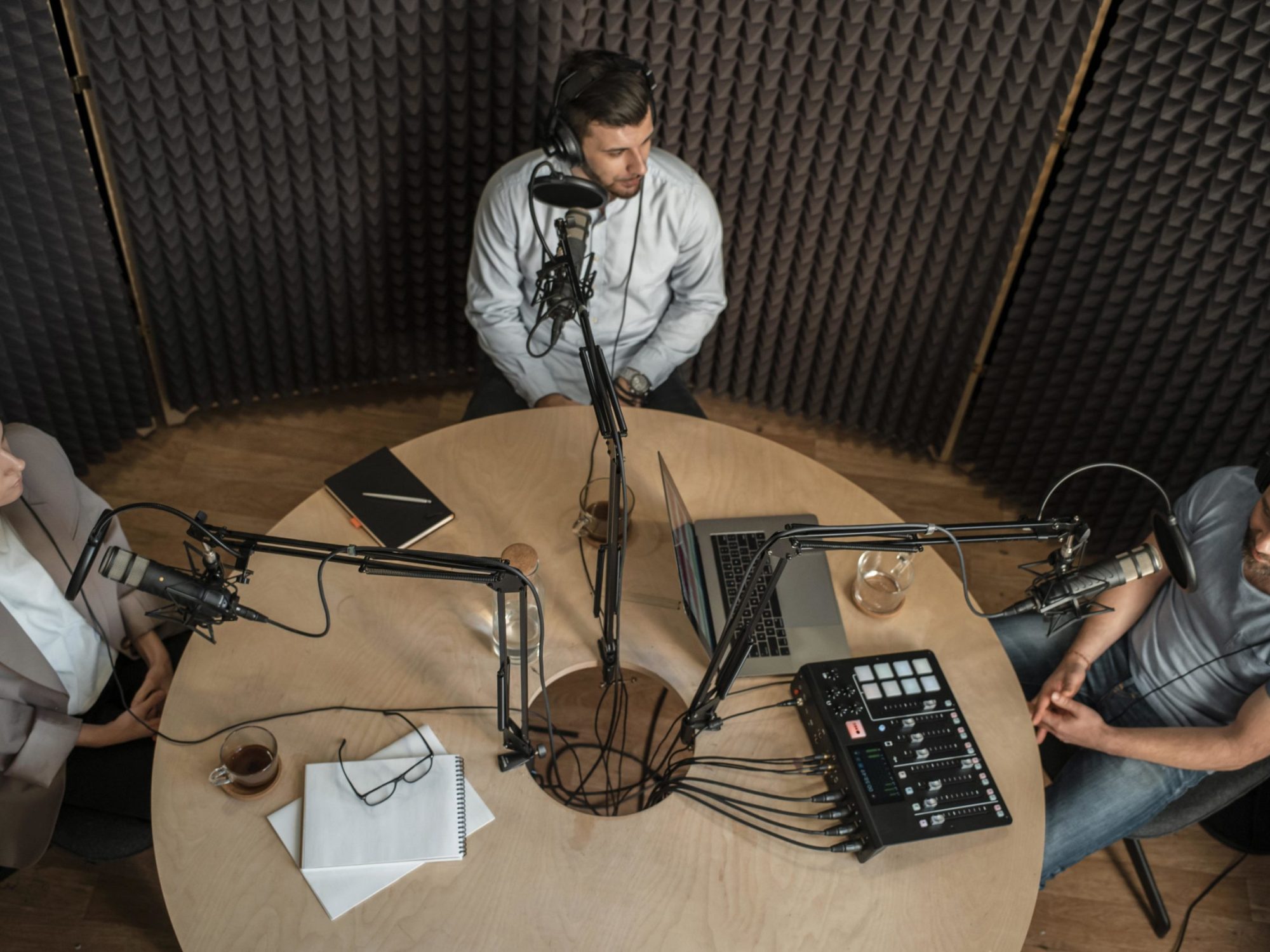
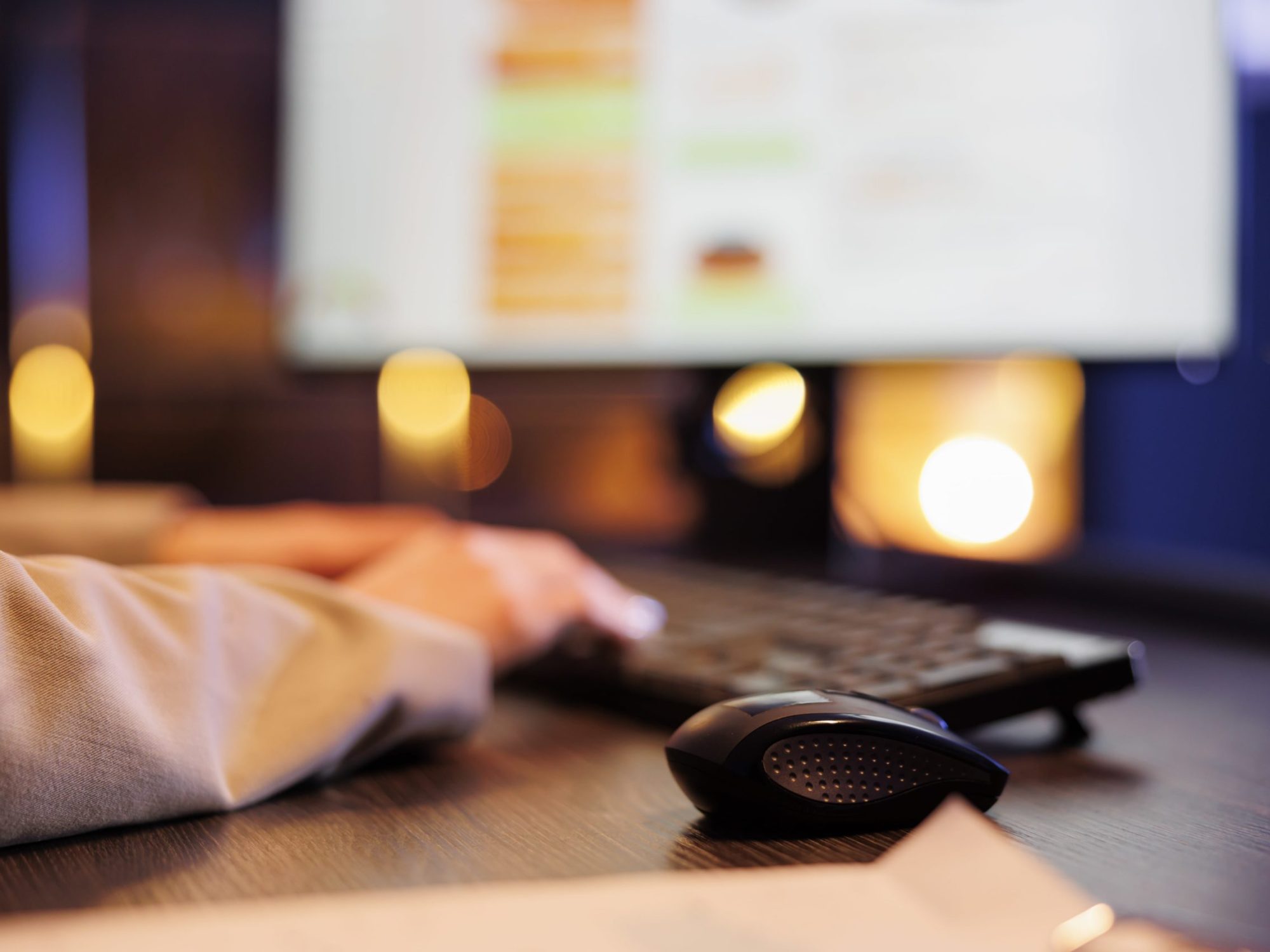
6 reasons why you should buy my course:
- Experienced podcaster as coach: You'll benefit from my many years of experience as a podcaster and podcast producer. I'll share proven tips and tricks that will help you avoid common mistakes and launch your podcast successfully.
- Complete guide from A to Z: This course covers the entire process—from conception and recording to publishing and marketing. You'll receive all the information and tools you need to create a professional podcast.
- Time-saving: The course is designed to teach you all the essential steps to launching your podcast in under 60 minutes. You don't have to spend hours researching or trawling through various sources – everything is summarized in a compact and easy-to-understand format in this course.
- Simple and understandable explanations: Even without prior technical knowledge, you'll be able to follow along easily. I explain the tools and processes in a clear and understandable way and guide you step by step through the individual modules.
- Practical tips and tools: You'll learn how to use proven tools like Riverside.fm and Canva.com to create high-quality recordings and attractive designs for your podcast. I'll also show you how to host and market your podcast on Spotify for Podcasters.
- Personal support and community: You're not alone on your journey to your own podcast. I'll be there as your coach, answering your questions and providing feedback. We're also building a community of like-minded people behind the scenes with whom you can exchange ideas in the future. We'll notify you as soon as this happens.

